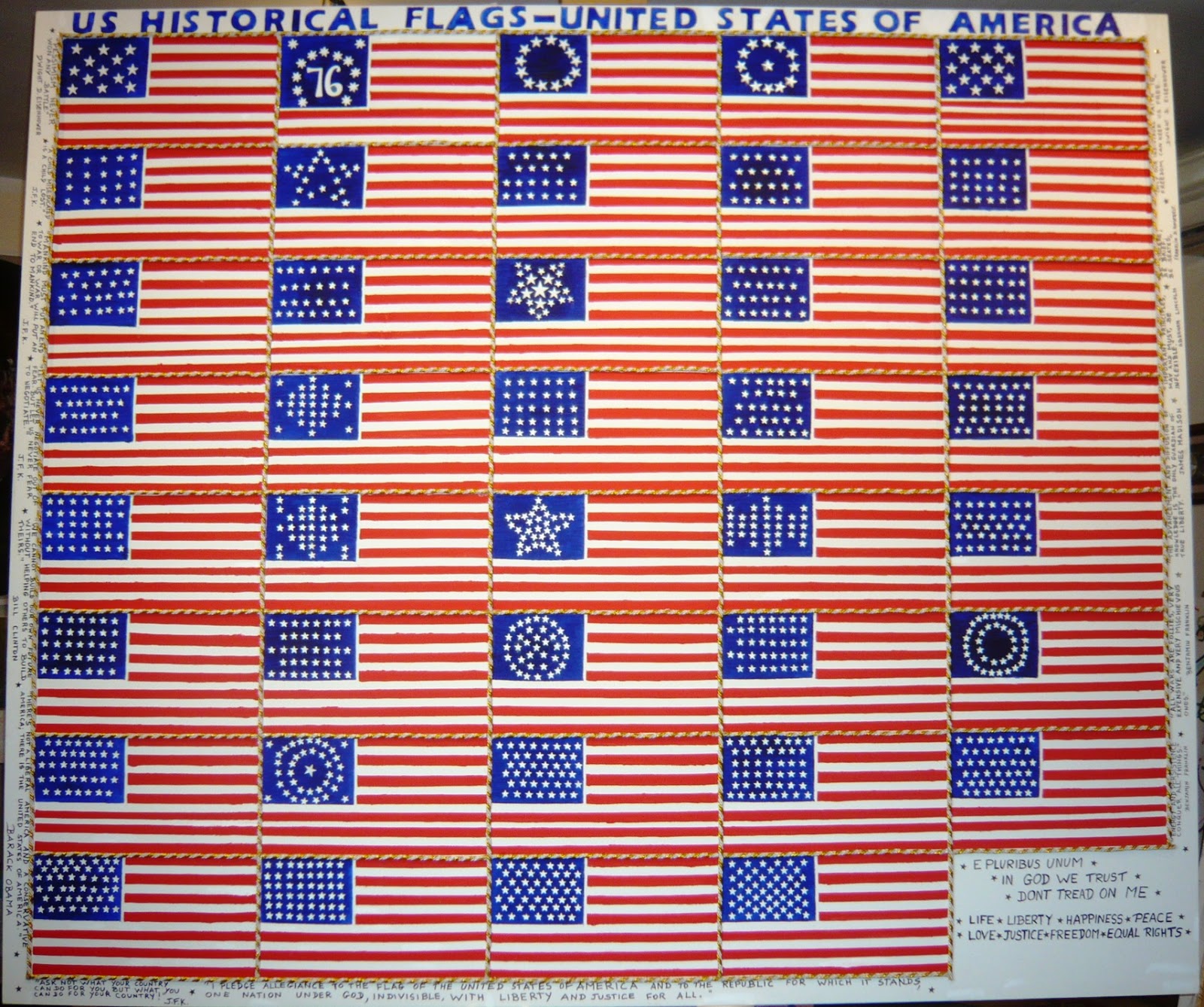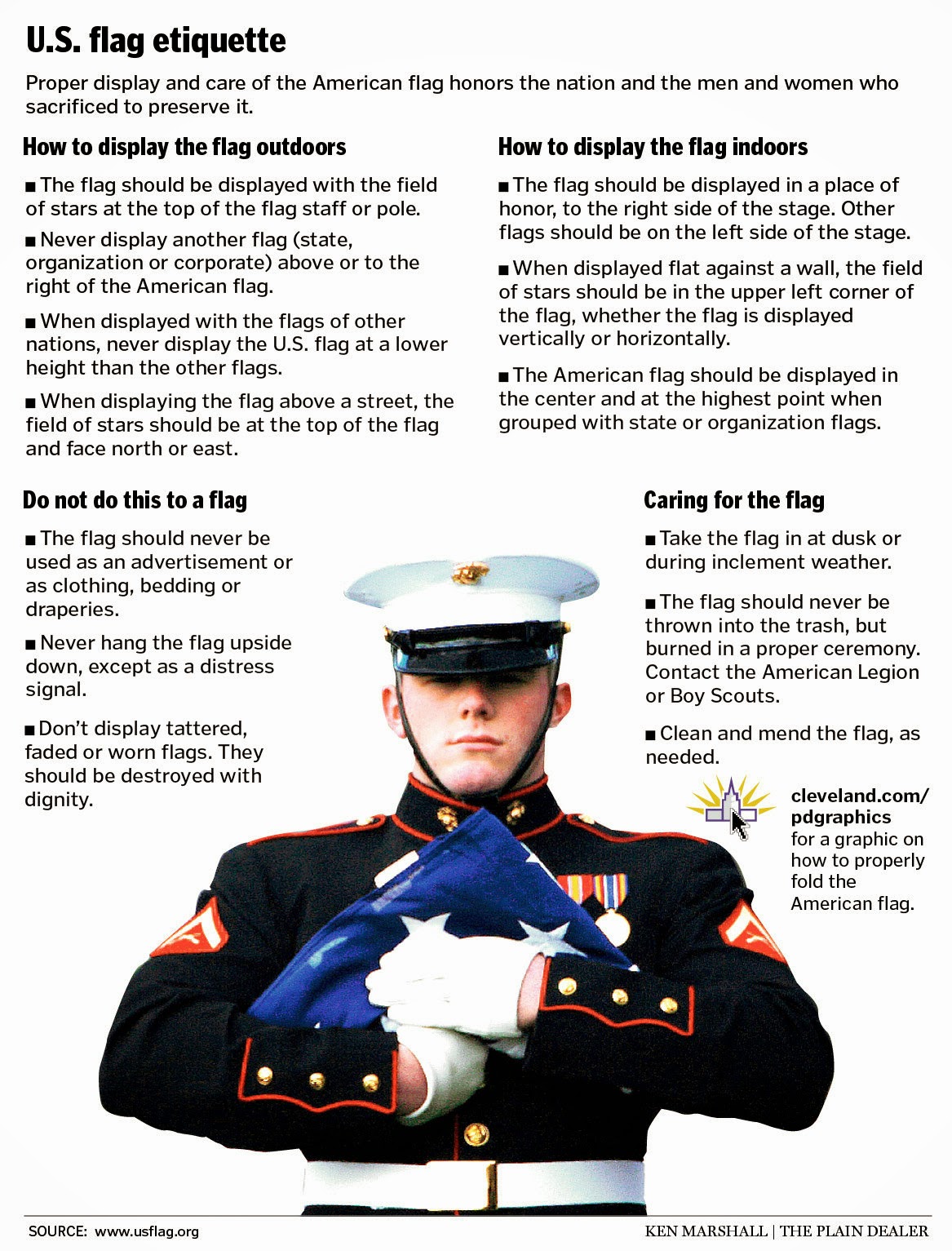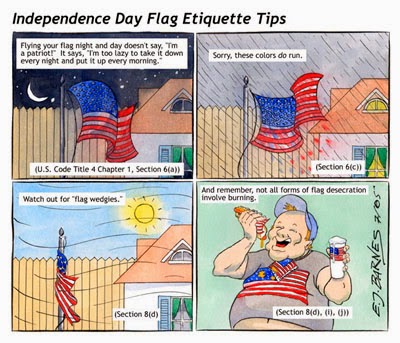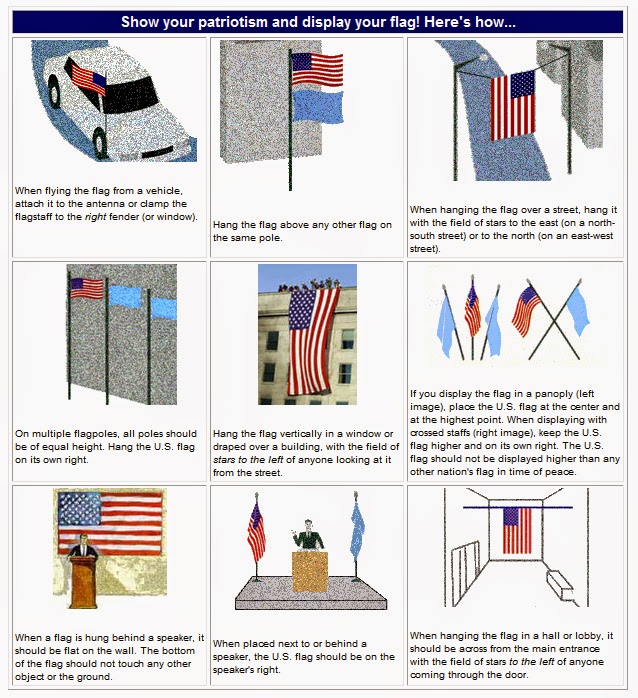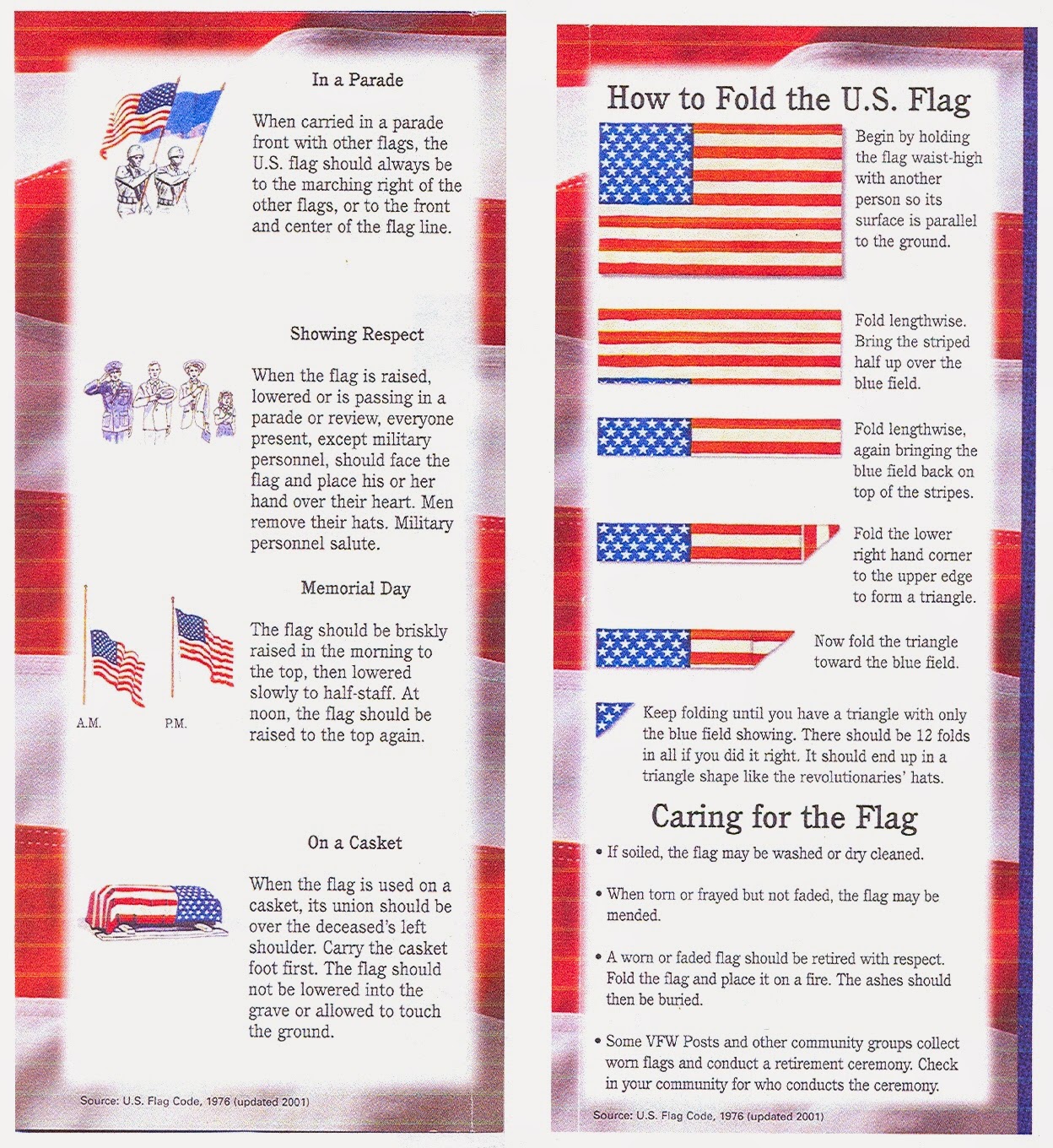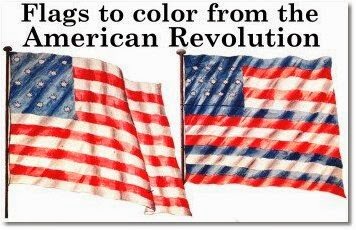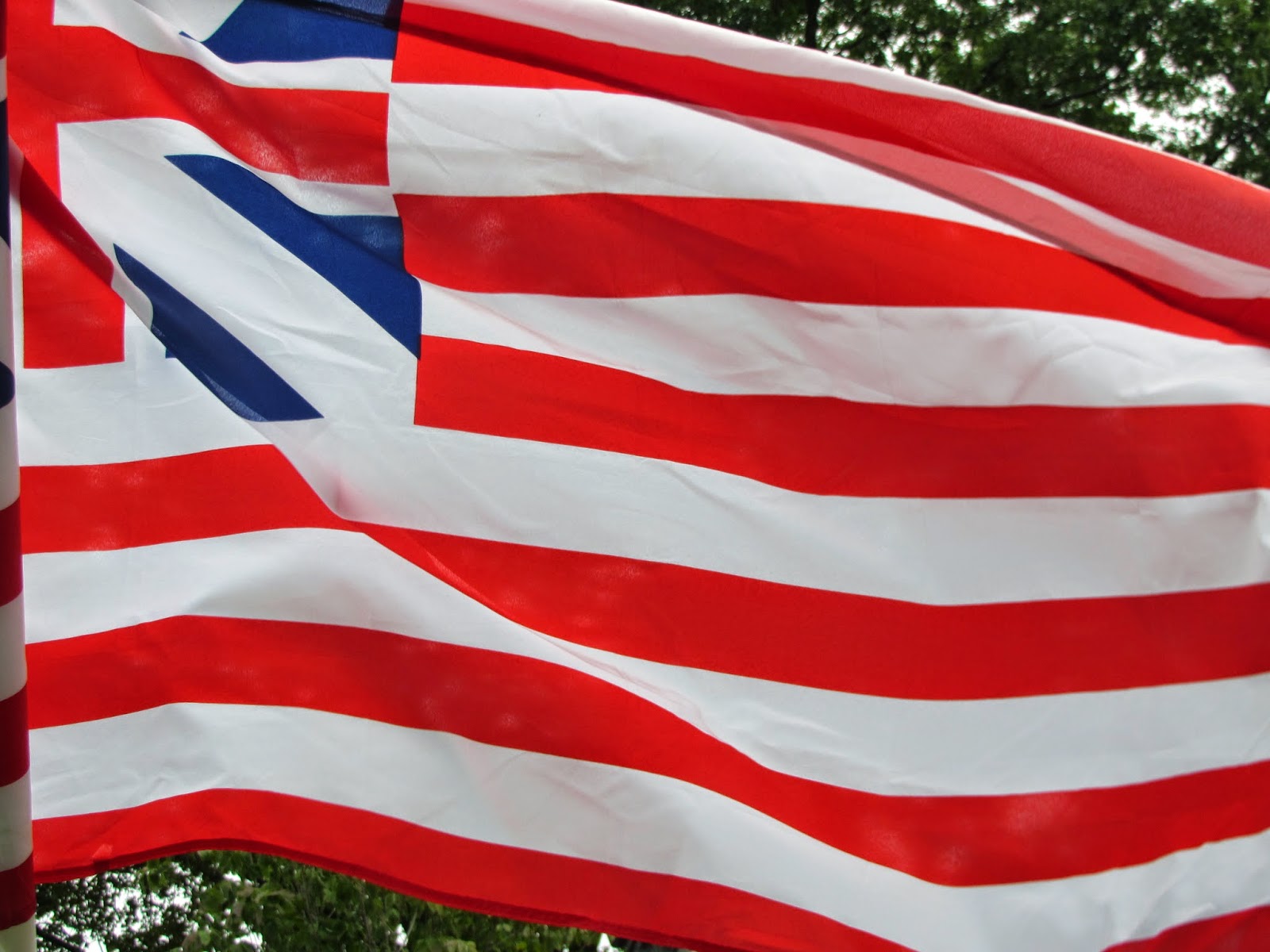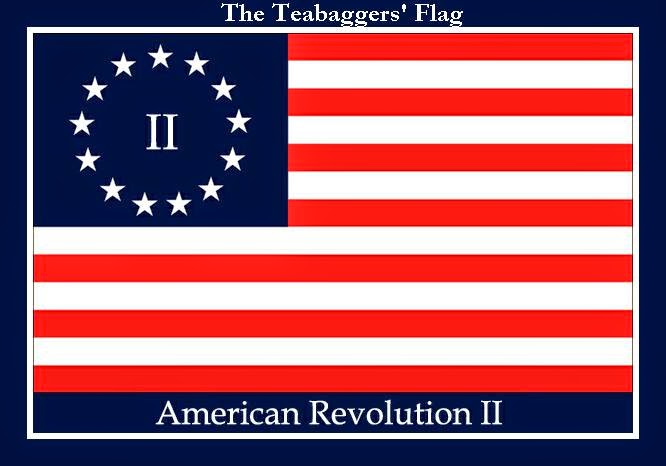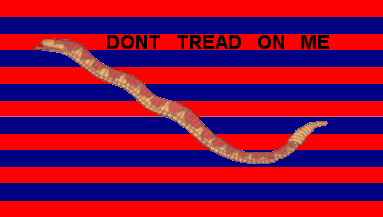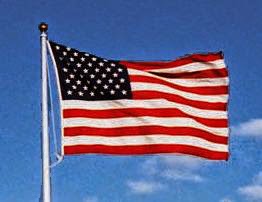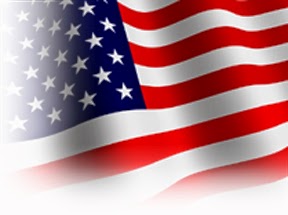
A flag is usually a piece of fabric that is rectangular in shape and will have a distinct design on it that will be used as a decoration, a symbol or as a signaling device. Flags have been used by people for more than 4000 years and the oldest flag that has been found is that of Iran from 3000BC. There have been many reconstructions of vexilloids that have been found in Egyptian tomb carving and ancient Greek coins, etc. The term Vexilloid is given to the first type of flag and the study of flags is known as Vexillology. The word vexilloid comes from the Latin word which means 'guide'. The flags of early age were wooden or metal poles that had carvings on the top and it was only about 2000 years ago that fabric or a material similar to fabric was added to some of the vexilloids for decorative purposes. That led to the flags that we know of today and we have been using it for centuries.
Flags have been used for a variety of purposes and the most important of them is to send out a signal. In ancient days knights used to carry flags so that they could be identified by friends and foe as it was impossible to know who was behind the heavily clad armors. There are flags that represent countries and provinces and there are some flags that are used for decorative purposes. Many organizations and companies around the world also have flags and often the symbol or the logo of the company forms a major portion of the flag. Clubs are also known to have their own flags and so do the various defense forces of the countries. All countries in the world have a flag of their own and the flags usually give out some information regarding the history of the country or the roots of the country.







